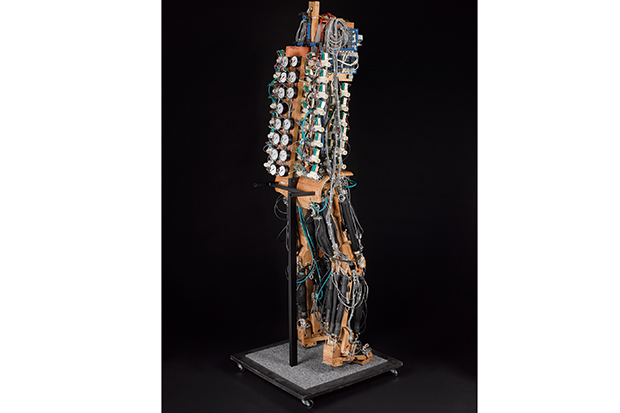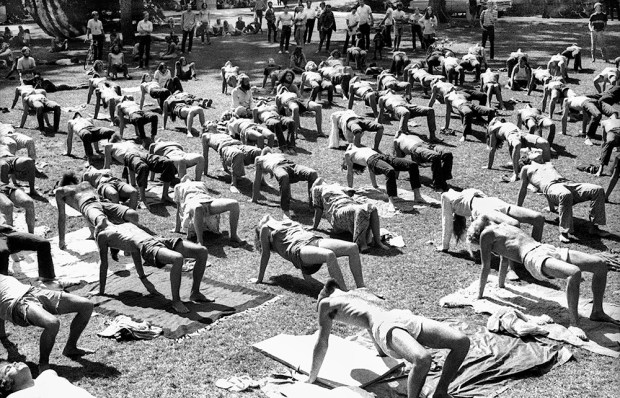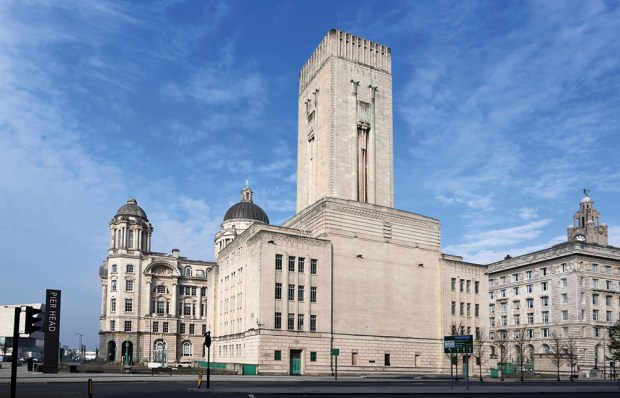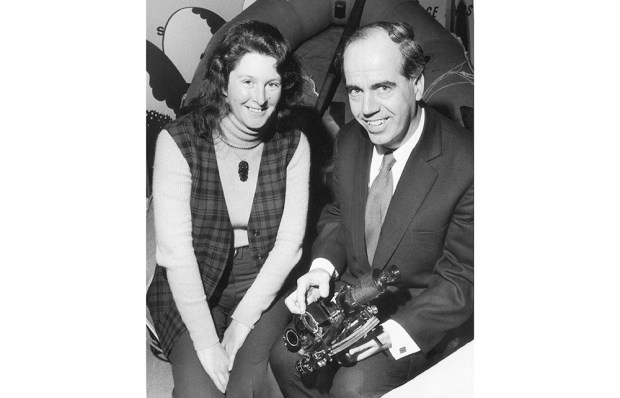Why do humans want to build robots? It seems, on the face of it, to be a suicidal endeavour, destroying jobs and, ultimately, rendering our species redundant as more intelligent and effective beings take over. Lacking, as we now do, an agreed metaphysical justification for human specialness — for example, the soul — it must only be a matter of time before we submit to the machine ascendancy.
So far, it has been a subtle, incremental process that conceals any wider significance. Take satellite navigation. This was first introduced in the 1980s and is now more or less universal. Maps have become quaint. As a result, we walk or drive without a visual model of where we are. This may be a small loss of human agency but it’s a loss nonetheless.
Driverless cars may turn out to be a less subtle, more spectacular example. The UK has permitted road testing, as have many American states. All the big car-makers and some big tech companies have plans to get us away from the steering wheel within the next few years. The arguments in favour are potent — greater safety, less congestion, freedom for the young, the elderly and the disabled. The arguments against are threadbare in comparison — loss of pleasure and control and a certain queasy sense that something is wrong here.
Queasy, however, becomes something more substantial when we are confronted by robots designed to look like humans. Here we are confounded by the uncanny. The human appearance evokes emotional responses — concern, anger, empathy, lust, love — that are simultaneously negated by the knowledge that this is a machine. This is terrifying. We can assess most things that look like humans because they are, but how do we assess this? What might it do?
Or else it is not terrifying at all. Ben Russell points out that in Japan there is no such fear of robots. Robot carers for the old, for example, are welcomed there; here they are seen as creepy and often portrayed as such. In films and on television, the threat is clear. Is Arnold Schwarzenegger’s Terminator going to kill me or the bad guys? What are the bots in the Channel 4 series Humans really up to? Bad robots — except, of course, for the lovable wannabe human Data in Star Trek — are a standard western fictional trope.
Russell is the lead curator of the Science Museum’s exhibition Robots, which runs from 8 February to 3 September and then travels the world for another five years. It’s a big one because, as Russell says, ‘Robots are to the Science Museum what dinosaurs are to the Natural History Museum.’ They pull in the crowds and they seem to be an expression of the institution’s core mission. This makes sense; if human beings can construct intelligent creatures, then science can reasonably claim it has deified our species (or obliterated it).
The timing is perfect. Driverless cars signal the start of what is likely to be a decade of explosive growth in robotics. As usual, military applications are leading the way. Drones are now commonplace killers and spies and will soon be joined by pilotless planes able to dogfight and make complex tactical decisions. Fearless robot infantry will be next, as will very smart weapons that can pick their own targets.
Elsewhere, robots have been familiar in factories for years, but will they soon be ready to hit the streets, not just as cars, but as humanoid shop assistants, couriers, you name it?
‘It’s a moment of decision really,’ says Russell. ‘We are almost on the cusp of becoming sci-fi.’
The big point the exhibition will make is that robots may be feared but they are very, very seductive. Pre-robotic automatons have been around for hundreds of years and, since the word was first coined in Karel Capek’s play R.U.R. in 1920, they have become commonplace in popular culture.
The current TV series Westworld — based on a 1973 film — is the latest and most technologically elaborate example. Robot seduction is at its heart. Visitors enter a cowboy-themed amusement park staffed by robots. They are provided with endless sexual partners and plenty of bad guys to kill. The appeal of the park is the freedom made possible by humanoid machines. Sex, to them, is just an app with no strings attached and, when killed, they are repaired and returned to service. Robots, in this case, offer an escape from social restraints.
This seductive power of robots is, on the face of it, in conflict with our fear of them. Such is the nature of the uncanny — to be simultaneously attractive and repulsive.
But is it all going to happen? I don’t doubt that technology has now reached the point where we can expect robotics to advance ever further into our daily lives. But this leads to another, more complex question: will they be just smart machines or will humanoid robots appear in the near future?
This is very tricky. The science of artificial intelligence (AI) really got going in the mid-Fifties. There was a blaze of mid-century optimism with promises of maids doing all the housework, and so on. But then nothing happened and, some would argue, nothing continues to happen.
In a sense, it was robotics that exposed the simple-mindedness of early thinking about AI. The researchers were focused on abstractions like intelligence and consciousness, whereas any engineer will tell you the hard problems are getting a machine to stand up or persuading it to recognise a chair from a multitude of different angles. The prodigious robotic researcher Steve Grand, who set out to build a human infant-equivalent called Lucy — her latest incarnation appears in the exhibition — told Russell it took years to get her to tell the difference between an apple and a banana. Russell adds that one thing no robot can yet do is definitively recognise a human being when it sees one.
Of course, AI systems can now book your hotel or flight or help you buy stuff online, but I find it absurd to credit such software with intelligence. Robots, however, may get there. They aspire to be, like us, embodied intelligences. The two words are, as yet, inseparable. Our intelligence is rooted in our physical presence; the brain in a vat is a myth. It is conceivable that robotic cars and weapons may, by their active role in the world, lead the way to a comparably embodied intelligence, but we cannot yet know if this is possible.
If it is, then I would guess that we shall, indeed, build humanoids. We love gadgets and, even as we fear it, we love the uncanny more. If there is also an explosion in machine intelligence — some expect this to happen soon after 2030 — then all our concerns will become irrelevant as the world at once becomes post-human. We shall then be the dinosaurs in the Natural History Museum. If, that is, there is then any nature. Or history.
The post The descent of man appeared first on The Spectator.
Got something to add? Join the discussion and comment below.
Get 10 issues for just $10
Subscribe to The Spectator Australia today for the next 10 magazine issues, plus full online access, for just $10.
You might disagree with half of it, but you’ll enjoy reading all of it. Try your first month for free, then just $2 a week for the remainder of your first year.














Comments
Don't miss out
Join the conversation with other Spectator Australia readers. Subscribe to leave a comment.
SUBSCRIBEAlready a subscriber? Log in